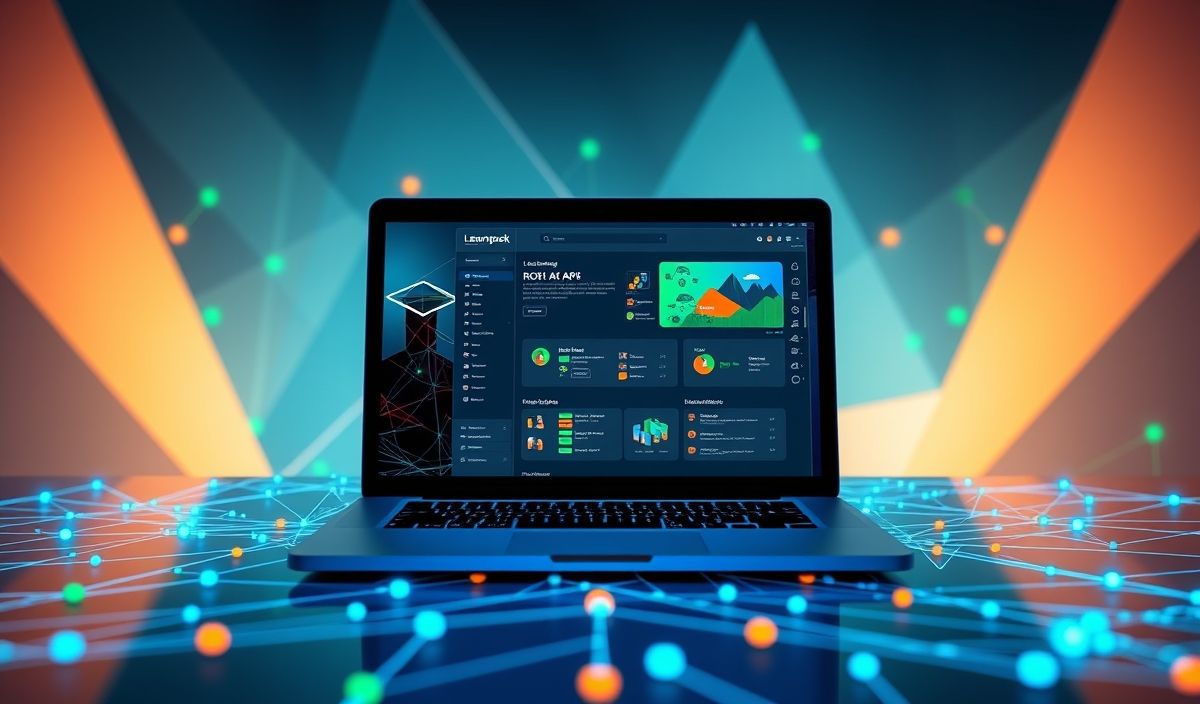Introduction to Gremlin
Gremlin is a powerful traversal language used to navigate and query graph databases. It is the query language for TinkerPop-enabled graph databases and provides a flexible, robust syntax for interacting with your data. In this guide, we will explore dozens of Gremlin APIs with practical examples and showcase a sample application using these APIs.
Getting Started with Gremlin
Here are some basic commands to get started with Gremlin.
// Connect to the graph
graph = TinkerGraph.open()
g = graph.traversal()
// Add vertices
g.addV('person').property('name','marko').property('age',29).next()
g.addV('person').property('name','vadas').property('age',27).next()
// Add edges
g.addE('knows').from(g.V().has('name','marko')).to(g.V().has('name','vadas')).property('weight',0.5).next()
Exploring Useful Gremlin APIs
Below are some useful Gremlin APIs with code snippets to help you interact with your graph efficiently:
1. Traversing the Graph
// Simple vertex traversal
g.V().hasLabel('person').values('name').toList()
2. Filtering Traversals
// Get persons older than 28
g.V().hasLabel('person').has('age', gt(28)).values('name').toList()
3. Counting Elements
// Count the number of vertices
g.V().count().next()
4. Path Traversals
// Find the path between two vertices
g.V().has('name','marko').repeat(out()).until(has('name','vadas')).path().by('name').toList()
5. Aggregating Results
// Group by age and count names
g.V().hasLabel('person').group().by('age').by(values('name').count()).next()
Sample Application Using Gremlin APIs
Let’s create a simple application that demonstrates some of the Gremlin APIs introduced above.
// Initialize the graph
graph = TinkerGraph.open()
g = graph.traversal()
// Adding data
g.addV('person').property('name','marko').property('age',29).next()
g.addV('person').property('name','vadas').property('age',27).next()
g.addE('knows').from(g.V().has('name','marko')).to(g.V().has('name','vadas')).property('weight',0.5).next()
// Querying data
// Find all persons
allPersons = g.V().hasLabel('person').values('name').toList()
println('All persons: ' + allPersons)
// Find persons older than 28
olderThan28 = g.V().hasLabel('person').has('age', gt(28)).values('name').toList()
println('Persons older than 28: ' + olderThan28)
// Count all vertices
vertexCount = g.V().count().next()
println('Vertex count: ' + vertexCount)
In this application, we created a graph, added vertices and edges, and performed some basic traversals to query the data. This demonstrates the power and flexibility of Gremlin for managing graph data.
Whether you’re just getting started or have been using graph databases for a while, understanding and utilizing Gremlin can significantly enhance your ability to work with graph data effectively.
Hash: f468bfcd4cb3a862d9771d1aaa14d22f2c406162e3e41216b9bea9d68f0c4be3




